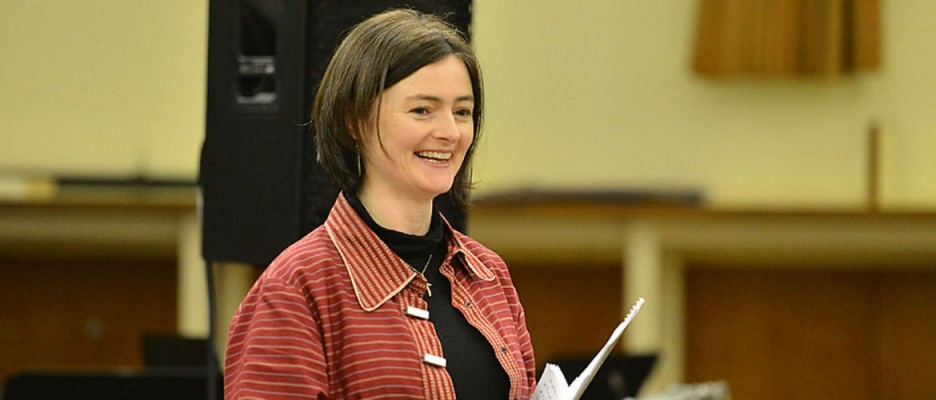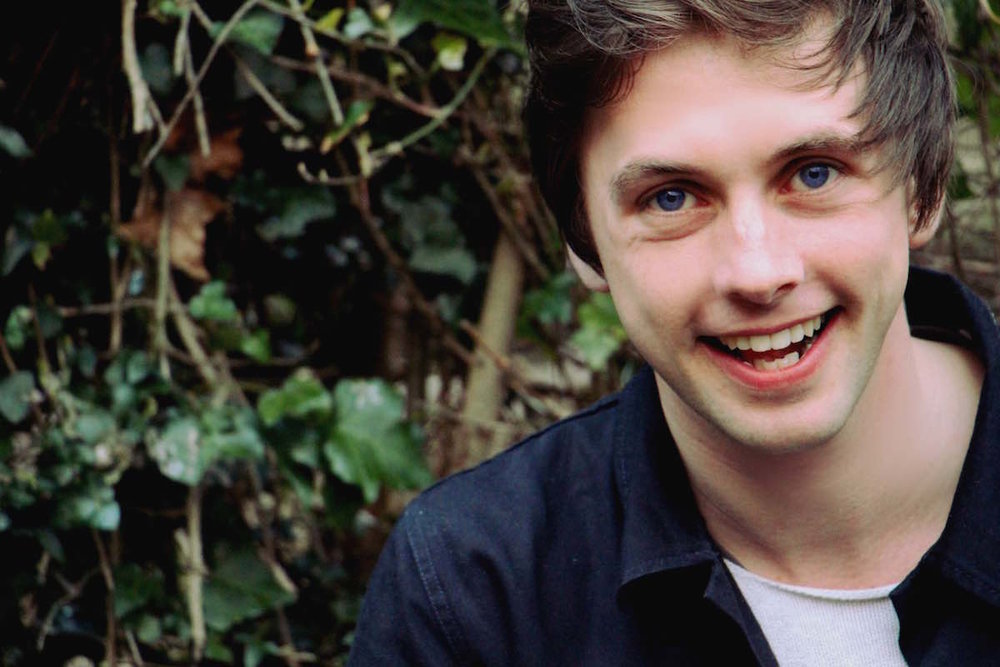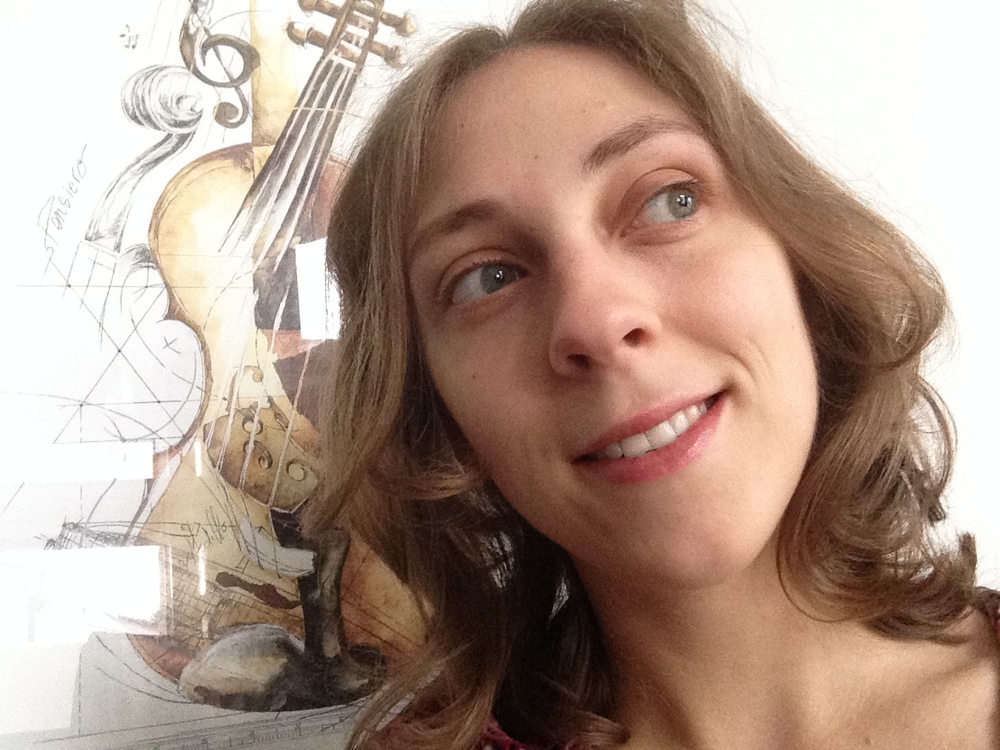Anne-Marie O’Farrell, Sineád Finegan and Sam Perkin on composing for the Co-Orch
‘A Midsummer Rights Theme’ is a concert by Co-Orch, Ireland’s charity orchestra, on 21 June in Dublin, featuring 4 new pieces by Irish composers inspired by and performed alongside Beethoven’s Symphony No. 9. In advance of this concert, which is in partnership with and in aid of the Children’s Rights Alliance, CMC asked 3 of the featured composers (Anne-Marie O’Farrell, Sineád Finegan and Sam Perkin) about their pieces.
Tell me about the piece you’ve written for Co-Orch.
Anne-Marie O’Farrell [AMOF]: Der Abend (The Evening) is a setting of extracts from a longer poem of the same name by Friedrich Schiller, whose poetry is also set in the final movement of Beethoven’s ninth symphony. I enjoy writing for voice, and wanted to explore possibilities for solo soprano and symphony orchestra using a text from Schiller, whose poetry is full of onward drive and momentum. Schiller’s poem depicts the ever-shifting colours and light of sunset, as well as longing for the view on the opposite side of the globe where sunlight is the dawn.
Sineád Finegan [SF]: My new piece is called Toy Scherzo and is written for toy instruments and orchestra. My aim was to make a piece that highlighted the strengths of the toy instruments (which will be played by some of my own students) and in doing so, to highlight the contributions made by young people, which is fitting for a concert in aid of the Children’s Rights Alliance.
Sam Perkin [SP]: Timpano for solo timpani and orchestra is an attempt to show one of the most enduring fragments in all of classical music in a fresh and new light. The fragment is known by most people from A Clockwork Orange and the piece is a radical zoom-out with the fragment immersed in immense waves, reminiscent of Japanese Gagaku, and also of Aphex Twin’s Selected Ambient Works.
The original brief was to compose a response to one of the movements to Beethoven’s ninth symphony. How did you approach basing your work on such an iconic and well known piece of music?

Anne-Marie O'Farrell was Composer in Residence at Mary Immaculate College, Limerick for three years and has been awarded a PhD from Queen’s University Belfast.
AMOF: I was keen to express the antithesis of the volume and force which is so typical of the climactic parts of the last movement of Beethoven’s ninth symphony. In writing a piece which is reflective, focusing on quiet transformation of timbres and harmonies, I wanted to convey some of the relevance of ideas emanating from the work of Beethoven and his contemporaries. The manner in which this poem draws a picture of the opposite side of the globe reminds me of how such people pay the greater price for our treatment of the environment. In this way, I’ve sought to illustrate that the ideas of universal love expressed in the last movement of Beethoven are as relevant as ever today.
SF: I wanted to combine the energy of the Scherzo movement in Beethoven’s ninth with some element that would be in keeping with the concert’s theme of Children’s Rights. As a child, I remembered performing in the well-known Toy Symphony attributed to Leopold Mozart. I wanted a totally different approach to this work, where the toys supply the melodic interest, instead of humorously clashing with the orchestral instruments, and where I could showcase their strengths.

Sam Perkin
SP: There are two choices with this type of composition: focus on a lesser-known part of the celebrated work in question and bring it closer to people; or show a very well-known part of the celebrated work from a new perspective. I chose the second.
Was Beethoven a particularly strong influence on your musical development and did his often bold approach to writing for orchestra inform your piece in any way?
AMOF: Beethoven’s work continues to influence and amaze me. Particularly striking are the clarity of his chordal voicings using upper woodwinds and light brass to augment the string orchestral sound. His rhythmic freshness and thematic invention, not to mention his contrapuntal prowess are aspects from which I expect to be learning for some time yet. In my own piece, Der Abend, Beethoven’s influence on me is perhaps most evident in the colouristic nuancing of harmonic progressions.
SF: Beethoven’s influence is inescapable. What played into my hands in terms of helping me compose this work was the high drama and spectacular flare of Beethoven’s orchestral scores, which, whenever I play his music in a classroom, never fails to capture the children’s imagination from the first note. This gave me full license to add dramatic atmosphere to my own score, both in the orchestral sections, and in those places featuring solos from the toys.
SP: I would say that Tarkovsky, Salonen, Ravel, Fagerlund, Takemitsu, Gagaku, Reich, Feldman, Choral Music and Ambient Music have had a strong influence on my musical development and, in particular, the orchestration in this new work.
It’s not everyday that composers get an opportunity to write for orchestra. Are you especially drawn towards the medium as a composer?
AMOF: Yes, the orchestra is an instrument all of its own, because it has so much to offer in its particular combinations of timbres which are not available in any other medium. Being drawn to write for orchestra is one thing, but unless there is the opportunity for a composer to experience the rehearsal and performance of their orchestral work, it’s something of a cul-de-sac. Any opportunity to compose for an orchestral performance is a precious one, and this project with the Co-Orch is especially valuable as it culminates in a live concert performance which will be recorded. It is particularly satisfying to know at the time of writing who one is writing for, that the work will be publicly performed, and the context in which the new piece will be heard.
SF: Composing, as a creative process, is akin to play, and in that sense the orchestra is the ultimate toy! So in a way, it coincides nicely with my view of the toy instruments in this work - I wanted to treat them just the same as the orchestral instruments, because, at the end of the day, composition is play, and so all instruments are toys in that sense.
SP: Absolutely. For me, the Orchestra is one of mankind’s greatest achievements. Concerning the orchestra being on the way out: DON’T BELIEVE THE HYPE!
What are some of the challenges you have faced when writing your piece?
AMOF: Writing for solo soprano and orchestra, I wanted to ensure that the orchestra would have material which is satisfying to play, while also providing a vehicle for the vocal artistry of the solo soprano, Colette Delahunt. One aspect I found I had to balance carefully was the sense in which I was writing in my own musical original language, while at the same time being a response to the music of Beethoven. I didn’t want my piece to sound like an imitation of anyone else, but I was also aware of trying to limit the ‘gear-shift’ between my work and that of Beethoven’s, being programmed as they are, closely together. I wanted the change from one to the other to sound like they’re both intended to be on the same concert programme, rather than juxtaposing polar opposites.

Sineád Finegan
SF: Unsurprisingly, the myriad opportunities for different colours, combinations and textures can become a difficulty at a certain point. It’s easy to be distracted by the glittering possibilities of other styles and influences once you set out, but I’m a great believer in sticking with your original concept and trying as much as possible to do that justice. Other ideas can wait for another day.
SP: There are many traps connected with writing a work like this, such as re-hashing what the original composer has already said in a superficial or clichéd way. The key is to find a new perspective from which you can genuinely say something as an artist, using the old work as a point of access for your inspiration.

